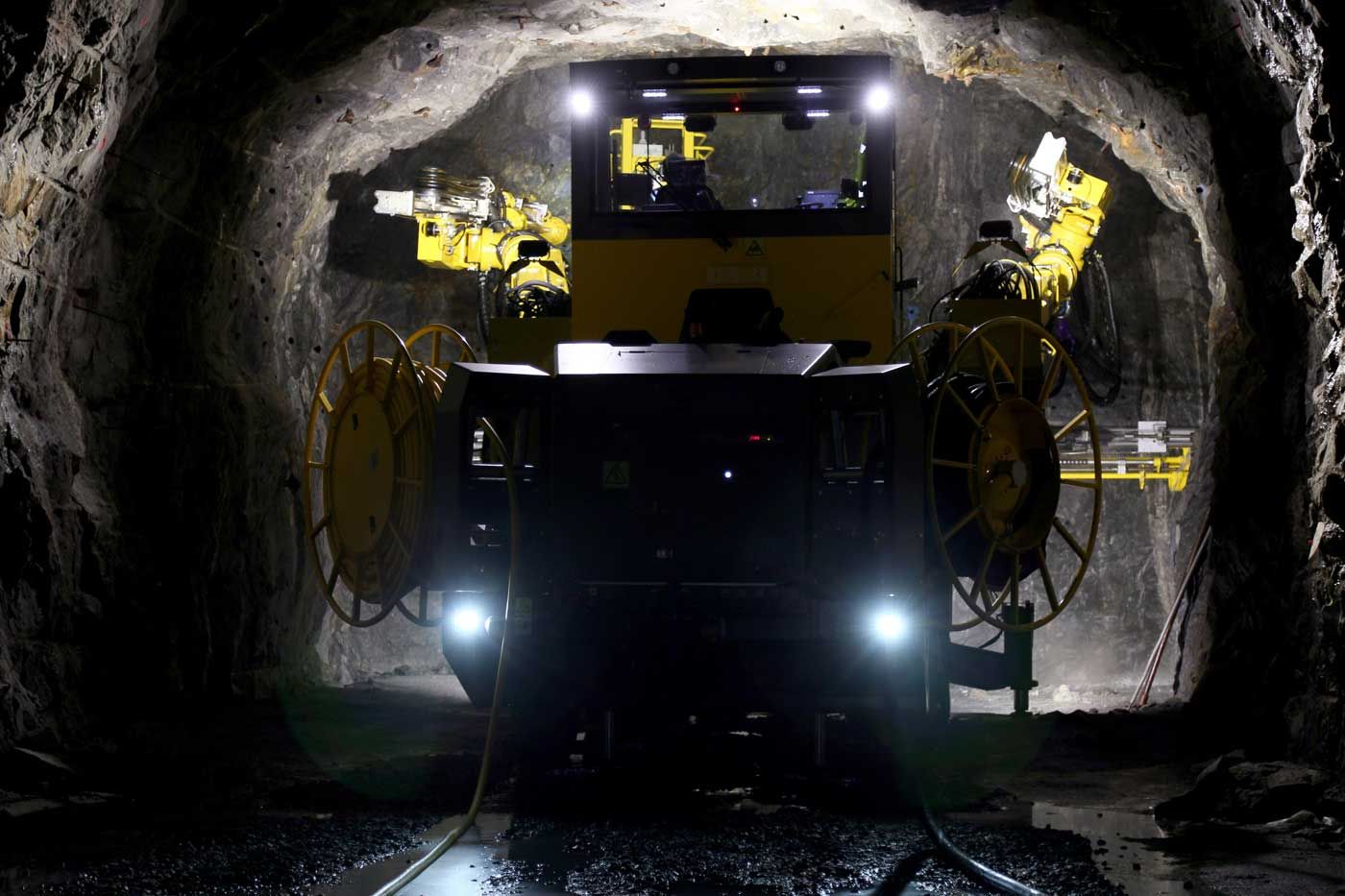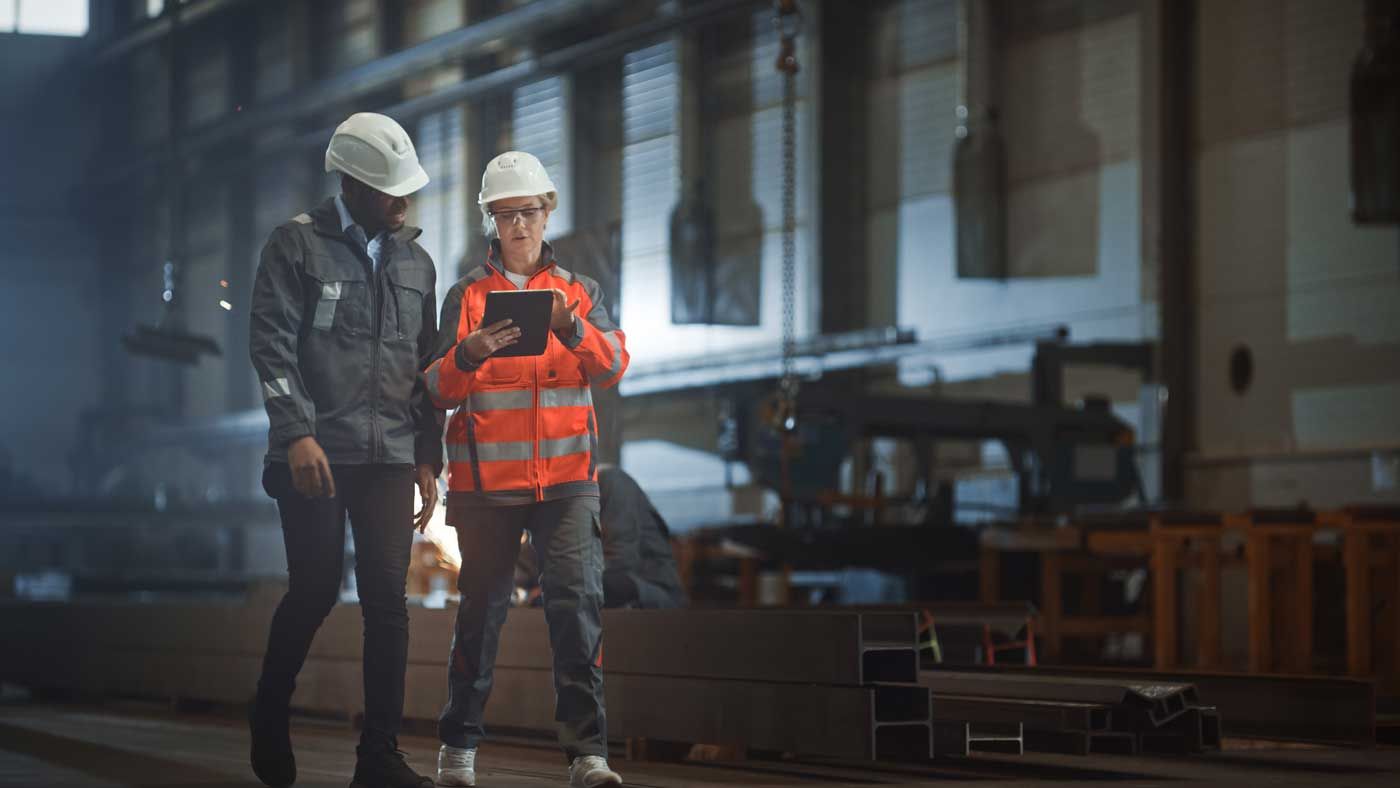Firesleeves offer numerous benefits in the rail industry, where safety, reliability, and operational efficiency are paramount. Here's an overview of the advantages of firesleeves in the rail sector:
FIRE PROTECTION
In rail transportation, various components such as hydraulic hoses, electrical cables, and pneumatic lines are susceptible to fire hazards due to friction, electrical faults, or mechanical failures. Firesleeves provide a protective barrier that helps contain fires and prevent them from spreading, minimizing the risk of damage to critical systems and infrastructure.
ELECTRICAL INSULATION
Electrical systems and wiring play a crucial role in modern trains, powering propulsion systems, lighting, signaling, and communication systems. Firesleeves offer insulation against electrical faults and short circuits, reducing the risk of electrical fires and ensuring the safe operation of onboard systems.
MECHANICAL PROTECTION
The vibration, movement, and mechanical stress experienced by hoses, cables, and wiring in rail applications can lead to abrasion, cuts, and damage over time. Firesleeves act as durable protective covers, shielding these components from physical wear and tear, extending their lifespan, and minimizing the need for frequent maintenance and replacements.

COMPLIANCE WITH SAFETY STANDARDS
Rail operators are subject to stringent safety regulations and standards aimed at protecting passengers, crew, and assets. Firesleeves help rail companies comply with safety requirements by reducing fire risks, enhancing electrical safety, and mitigating potential hazards associated with hydraulic and pneumatic systems.
WEATHER RESISTANCE
Trains operate in diverse weather conditions, including rain, snow, heat, and cold. Firesleeves are designed to withstand environmental factors and provide protection against moisture, UV radiation, and temperature fluctuations, ensuring the reliability and performance of critical components under varying weather conditions.

COST SAVINGS AND OPERATIONAL EFFICIENCY
By minimizing the risk of fire-related damage, electrical faults, and mechanical failures, firesleeves contribute to cost savings by reducing downtime, repair costs, and operational disruptions. Investing in firesleeves can lead to improved reliability, increased asset lifespan, and enhanced operational efficiency across rail networks.
